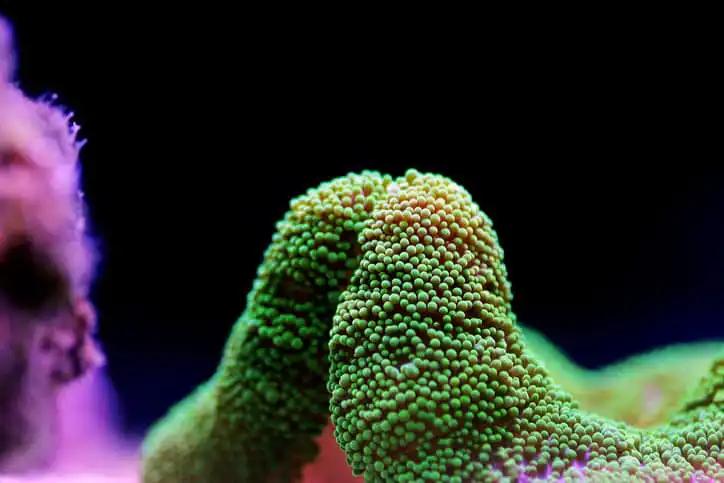KEY TAKEAWAYS
- The phase 3 FIL-Rouge trial was conducted to determine the efficacy of a dose-dense/dose-intense regimen (ABVDDD-DI), without BV and PET-adaptation, compared to a PET2-adapted ABVD program.
- In this open-label study, patients were randomized 1:1 and stratified for stage, age, bulky, and IPS. The primary objective was a minimum expected absolute improvement of 10% in 3-y PFS.
- ABVDDD-DI showed improvement in 3-year PFS by over10% and reduced the need for RT with no PET-adaptation, and no alarming acute safety signals.
The phase 3 trial, with blinded centralized PET assessment, studied untreated patients aged 18–60 with advanced-stage HL (IIB extranodal and/or bulky, III, IV). Patients (pts) were randomized 1:1 and stratified for stage (IIB/III, IV), age (<45/≥45), bulky (Yes/No), and IPS (0–2/≥3). Patients were given two ABVD (d1, d14; q28 days) in the comparator arm. PET2−ve (DS 1–3) pts continued with four ABVD, while PET2+ve (DS 4–5) pts diverted to escBEACOPP or ASCT. Four ABVDDD-DI (d1, d11; q21 days; doxorubicin 70 mg/m2/cycle) were administered in the experimental arm, followed by two ABVDDD. ISRT (30 Gy) was planned for PET−ve (DS 3) rests (≥2.5 cm) and PET+ve pts (DS 4−5). Patients given ABVD underwent RT (30 Gy) at bulky sites if in CR (DS 1−3). The primary objective was a minimum expected absolute improvement of 10% in 3-y PFS. A total of 503 patients were included in this study. Of which, 54% were males with a median age of 33.6 years [IQR 26.2–43.0] with stage IIB (20%), III (33%), IV (47%), and IPS scores 0–2 (58%), 3 (25%) and 4–7 (17%). Nodal bulky (≥10 cm) was present in 13% of patients, while mediastinal bulky (MT > 0.35) was present in 24% of patients. At interim PET, CRs (DS ≤ 3) were 85.5% for the ABVDDD-DI and 80.5% for ABVD (p = 0.15). After a median follow-up of 35 months, 97 patients had a PFS event (ABVDDD-DI n = 32; ABVD n = 65). The 3-y PFS per intent-to-treat (ITT) population was 86.7% (95% CI: 81.7–90.4) for ABVDDD-DI and 73.2% (95% CI: 66.9–78.5) for ABVD (Δ: 13.46%; p = 0.0001) [HR 0.44 (95% CI 0.28–0.67; p = 0.0002)]. A superior 3-year PFS was also observed in patients with mediastinal bulky (ABVDDD-DI 87.0% vs. ABVD 71.9%) and stage IV disease (ABVDDD-DI 86.4% vs. ABVD 70%). RT was given to 10% of patients in ABVDDD-DI and 32% in ABVD. Nine patients died (ABVDDD-DI: 3 PD, 1 COVID; ABVD: 4 PD, 1 H1N1). Patients receiving ABVDDD-DI had a higher incidence of neutropenia ≥G3 (40.8% vs. 30.4%; p = 0.016) and mucositis ≥G3 (3.2% vs. 0%; p = 0.005) compared to those receiving ABVD. However, no excess of cardiotoxicity (G2: 0.8%, G3: 0.8%) nor respiratory events (G2: 6%, G3: 2.4%, G4: 0.4%) were noticed for ABVDDD-DI versus ABVD (cardiac, G2: 0.4%, G3: 0.4%; respiratory, G2: 4.4%, G3: 1.2%, G4: 0.4%).
ABVDDD-DI improved the 3-y PFS by over 10% and reduced the need for RT with no PET-adaptation. The treatment was safe, with no alarming acute safety signals. It also showed higher activity in patients with mediastinal bulk and stage IV disease.
Source: https://onlinelibrary.wiley.com/doi/10.1002/hon.3163_4
Clinical Trial: https://classic.clinicaltrials.gov/ct2/show/NCT03159897
Pinto, A., Corazzelli, G., Evangelista, A., Patti, C., Lorenzo, S. D., Re, A., Merli, F., Botto, B., Tarantini, G., Guarini, A., Leonardi, G., Hohaus, S., Cavallo, F., Pulsoni, A., Gotti, M., Celli, M., Gaudio, F., Ricci, F., Liberati, A. M., Santoro, A. FRONTLINE INTENSIFIED ABVD DEMONSTRATES SUPERIOR EFFICACY THAN PET-ADAPTED ABVD IN ADVANCED HODGKIN LYMPHOMA: THE FIL-ROUGE PHASE 3 TRIAL BY THE FONDAZIONE ITALIANA LINFOMI. Hematological Oncology, 41, 31-33. https://doi.org/10.1002/hon.3163_4



